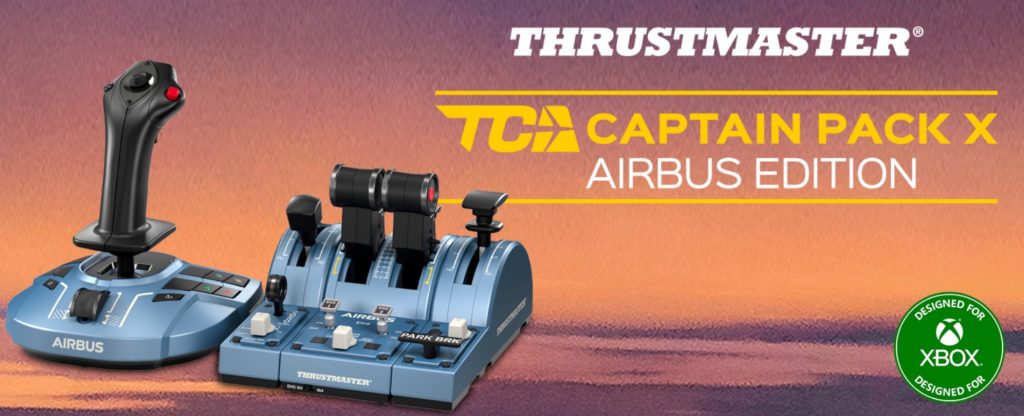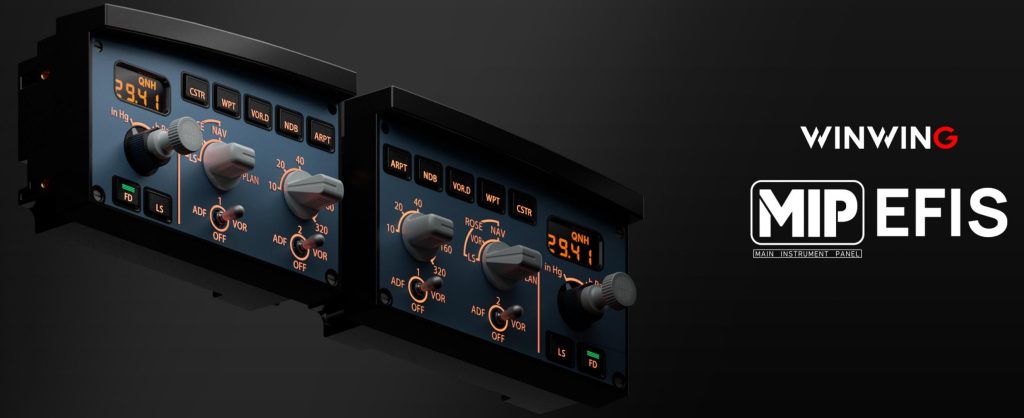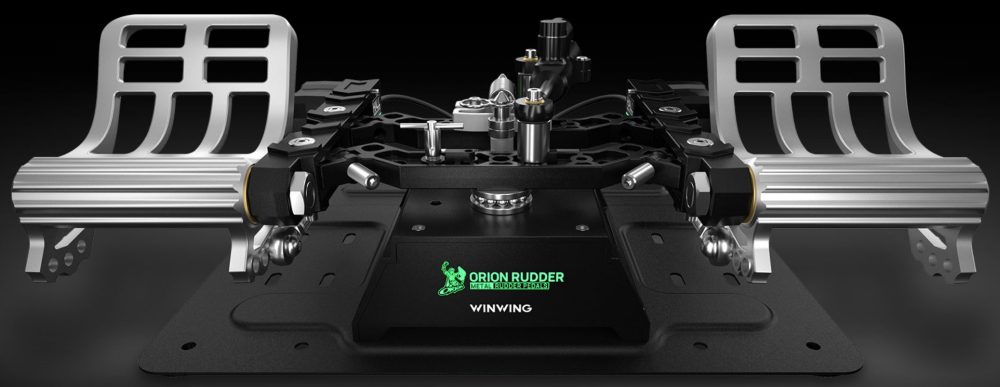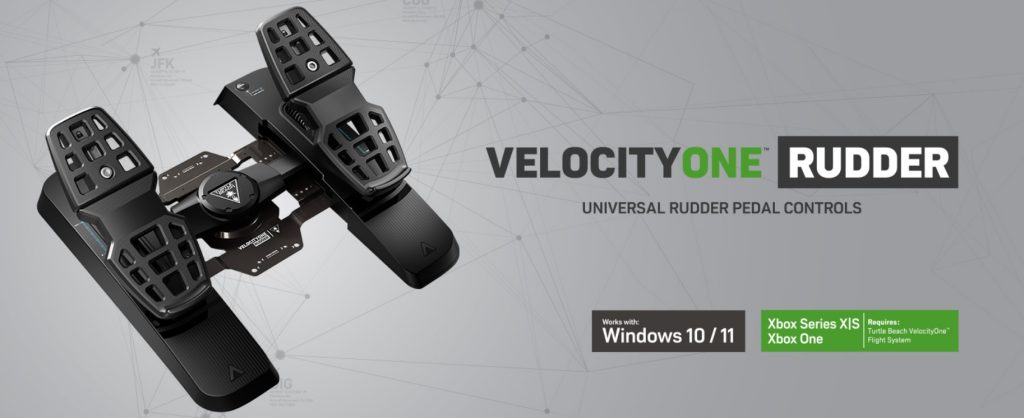This article will be updated regularly as new tricks to improve MSFS 2024 (and 2020) performance are discovered, so stay tuned. Recent new tricks were added on Thursday, October 16, 2025, and are marked with the ⚠️ icon.
Applying various tricks and tweaks to Windows 11 (and 10), as well as to Microsoft Flight Simulator 2024 (and 2020), can significantly enhance overall performance by optimizing how the game uses system resources. By making targeted adjustments — such as lowering certain graphical settings, fine-tuning level-of-detail sliders, or enabling features like NVIDIA DLSS or AMD FSR — players can achieve smoother frame rates without sacrificing too much visual fidelity. Similarly, optimizing Windows settings, disabling unnecessary background processes, and ensuring GPU drivers are up to date can free up more processing power for the simulator, allowing it to run more efficiently and responsively.
Over time, experimenting with these tweaks allows players to find the ideal balance between visual quality and performance that suits their specific hardware setup. Since no two PCs are exactly alike, the “perfect” configuration often varies, meaning small changes can lead to substantial improvements. Adjustments like configuring rolling cache size, using better storage solutions (e.g., SSDs), and optimizing network bandwidth can also reduce stuttering and loading times, leading to a much more immersive experience. Ultimately, this process of continuous tweaking ensures that players get the most out of their simulator, allowing them to enjoy its realism without being hindered by performance bottlenecks.

The following are the most effective performance optimization tips discovered so far for Microsoft Flight Simulator 2024 (and 2020), and on a Windows 11 (and 10) environment. These tricks can help improve frame rates, reduce stuttering, and enhance overall smoothness. Since every system is different, apply these changes carefully and test after each adjustment. If you notice worse performance, simply revert the setting to its default. Click the arrow for step-by-step guidance on each trick.














